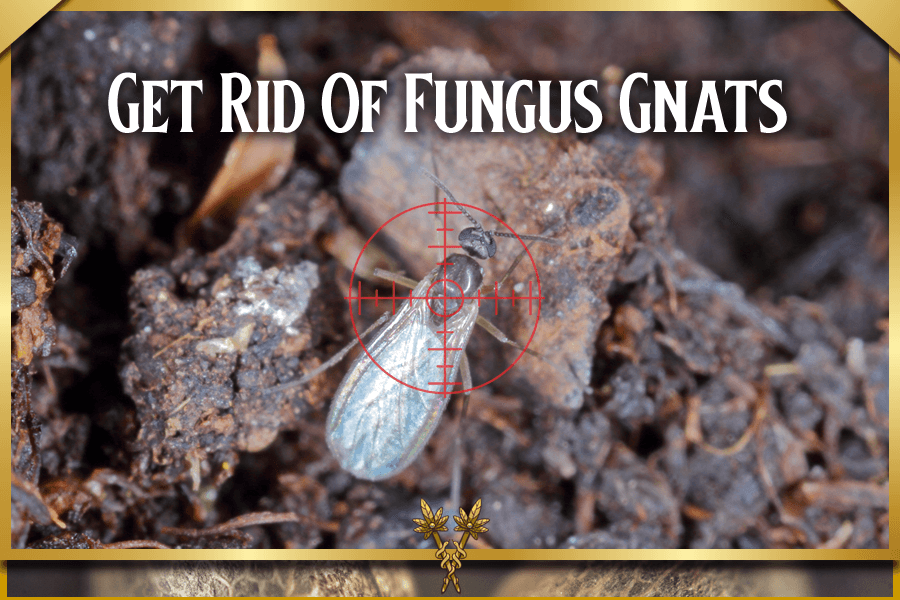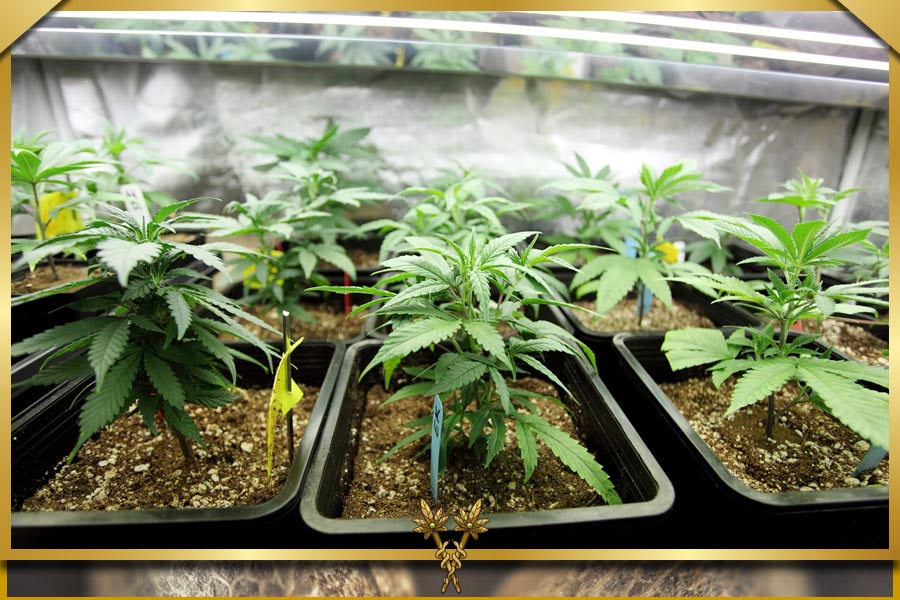Although most strains can withstand heat well, cannabis heat stress is always possible if the plants become excessively hot, hungry, or dry. Even varieties that appear to be able to withstand heat stress’s effects could still produce low-yielding buds of poor quality.
You might want to investigate heat stress if your cannabis plants aren’t flourishing despite receiving enough water, nutrients, and light.
This article will examine various heat plant symptoms and discuss all potential causes of cannabis heat stress. After understanding this, we’ll look at how to alleviate the effects of heat stress and stop it from happening again.
What is heat stress in cannabis?
Cannabis heat stress, to put it simply, is your plant pleading for assistance before it faints from the high temperatures in your grow room.
So, technically, heat stress implies that your cannabis plants are losing their ability to self-regulate internal homoeostasis – or “balance” – processes that aid in cooling.
In other words, cannabis plants experience intense temperatures above and below what they can tolerate, which results in heat stress.
Cannabis plants should be grown at 10–15.5°C at night and 21–25°C during the day in a grow room.
The following adverse effects on weed growth can be brought on by heat stress:
- Wilting and plant death of your weeds.
- Reduced harvests of weeds.
- Poor quality marijuana buds.
- Destruction of your cannabis terpene and cannabinoid composition.
Stressed weed naturally degrades.
Near the end of the cannabis plant’s growth cycle, THC-A undergoes natural degradation and transforms into THC. It manifests itself visually as trichomes that change from clear to milky, then to amber.
Heat stress occurs when cannabis plants’ maturation process is sped up, making them appear older than they are.
What results in heat stress in marijuana plants?
Imagine this Your vacation is in Dubai. The sun is unbearably hot; you’re sweating profusely. Having some air conditioning would be nice. There is none, though! Would you like some water to quench your insatiable thirst? None as well.
The sun is a metaphor for the grow room’s light source. Your fans, heat-extraction systems, and ventilation equipment could all be compared to air conditioning. And there’s no substitute for water, is there?
Let’s examine each of these and discover how it affects plant heat stress symptoms before discussing recovery strategies for plants experiencing heat stress.
Low humidity
Your plants quickly lose moisture when the growing environment is arid.
As the relative humidity in your grow room falls below the recommended levels of 50% to 60%, stomata, or pores, found in leaves release the water that your plants have been storing.
You should first be aware that wilting is a natural response to heat stress.
Cannabis leaves wilt due to heat stress, turning brown because there is no longer any chlorophyll in them.
Without chlorophyll, the green pigment in leaves, affected leaves cannot photosynthesise.
High temperature
Moisture from plant leaves and potting soil continuously evaporates into hotter environments.
Cannabis plants are frequently subjected to heat stress due to heat buildup from lighting sources like HIDs. The real focus should be on making sure your cooling systems, air circulation, and heat extraction are reliable around-the-clock since you cannot grow cannabis without lights.
Inefficient heat extractors, air conditioners, and fans allow hot hair to build up in your growing room. It’s also crucial to confirm that the cooling capacity of your temperature control equipment is adequate for the size of your room.
Lighting
Light rays that strike the leaves of your plants can still burn and cause heat stress in weeds if:
- The intensity of the light is too great for your leaves.
- Your light source emits too much passive heat to be comfortable.
If you need to reduce light intensity to prevent a direct light burn, think about switching to LEDs instead of HIDs because they produce less heat and are easier to dim.
How to notice heat stress in cannabis
Depending on the stage of the cannabis plant and the source of the heat stress, the symptoms of heat stress in cannabis manifest themselves differently.
The signs of heat stress on cannabis plants that would manifest during the flowering stage and the risk at various phases differ from those in vegetation.
Knowing what heat stress looks like will help you “nip it in the bud” before it “does a number” on your plants. What stresses a cannabis plant in the flowering stage may not necessarily stress it in the vegetative stage.
The Most Common Cannabis Heat Stress Symptoms
You can identify cannabis heat stress by looking for specific key symptoms, such as:
- The leaves are drooping and wilting.
- The plant is wilting and drooping as a whole.
- The leaves drying up and curling upwards
- The top leaves of the plant are fading.
- Leaf spots of brown colour.
- Without any physical harm, the weed leaf may be yellow in patches or completely, except for the veins and stems.
- Foxtails may form because of heat stress, where new buds may start to emerge on top of older ones.
- Burned-looking leaves at the tips.
It’s critical to distinguish between signs of heat stress and other growing conditions that may appear similar, such as light intensity, nutrient deficiencies or excesses, and different plant-growing environments.
Keep it cool, and you’ll be fine.
It can be fatal if you don’t recognise the signs or know how to treat cannabis heat stress.
Two primary signs of heat-stressed weed plants include:
- Cannabis leaves form a taco shape as they curl.
- Your foliage wilts and ages to brown.
Following these obvious pieces of advice will make it simple to recover heat-stressed plants if you catch them early on:
- Before watering, move your plant into the shade and allow it to cool.
- Reduce the brightness or put more space between your lights and the canopy.
- To direct the hot air produced by your lights outside, instal heat extractor hoods over them.
- HIDs could be replaced with LEDs because they produce less heat.
- For each stage of growth, water your plants as frequently as necessary. Make sure your fans are running and moving air constantly.
- When the humidity falls, place a bucket of water in your grow space to control moisture.
The first step in reducing and preventing cannabis heat stress is to make a thorough plan. You will always be prepared if you keep this advice close by and are faced with heat-stressed weed.


